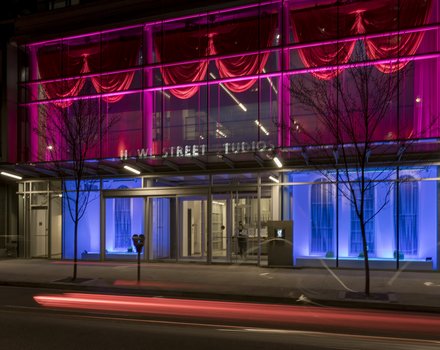

Chih-Wei Hsu Collaboration Residency
C$ 0.00 Excl. tax
This project resulted in an original limited edition of hand printed screen prints produced in collaboration with Val Loewen at Malaspina’s studio on Granville Island.
- File number: RESI1064
...
Chih-Wei Hsu, a contemporary artist from Taiwan, graduated from the Departments of Fine Arts, Chinese Culture University of Taiwan and received his MFA at the Graduate Insititute of Plastic Arts, Tainan National University of the Arts. His numerous solo and joint exhibitions, together with the Hantoo Art Group, led him to obtain rare opportunities to have his art exhibited in the Taipei Fine Arts Museum and later to have his works collected by the Fine Arts Museum, and the Ministry of Culture, Government of Taiwan.
Artist Hsu's works are largely about robots and video games. Hsu manipulates robots as a medium to stage a scene on canvas, in order to create a spatial feature. His series of Neo-God is characterized by his preferred Japanese robots and animation, which build his own style in terms of historical and cultural languages. Thus, it is easy to discern the elements of contemporary animation and industrial surroundings, such as the images of robots and the scene of cosplay, in Hsu's artwork. Hsu constructs and juxtaposes those images by utilizing the selected images, transferring the fixed sense, and then interpreting a distinct connotation of those figures into a differentiated reflection of the icon.
Hsu has recently applied traditional methods to depict the background in his artwork. He frequently utilizes the techniques of backlighting and perspective to represent the figures of Mazinger Z and angels in his works; those produce a new signified allusion and an unnerving concern for today's commercial civilization. His latest series of work, the Volley, signifies the strength of masculine power, the vigor of allegory, and the refined dominance of the entire stage of scenery through his succinct pictorial language.
Recently viewed
-
 Favoriten
Add to cart
Favoriten
Add to cart
Chih-Wei Hsu Collaboration Residency
C$ 0.00 Excl. tax

